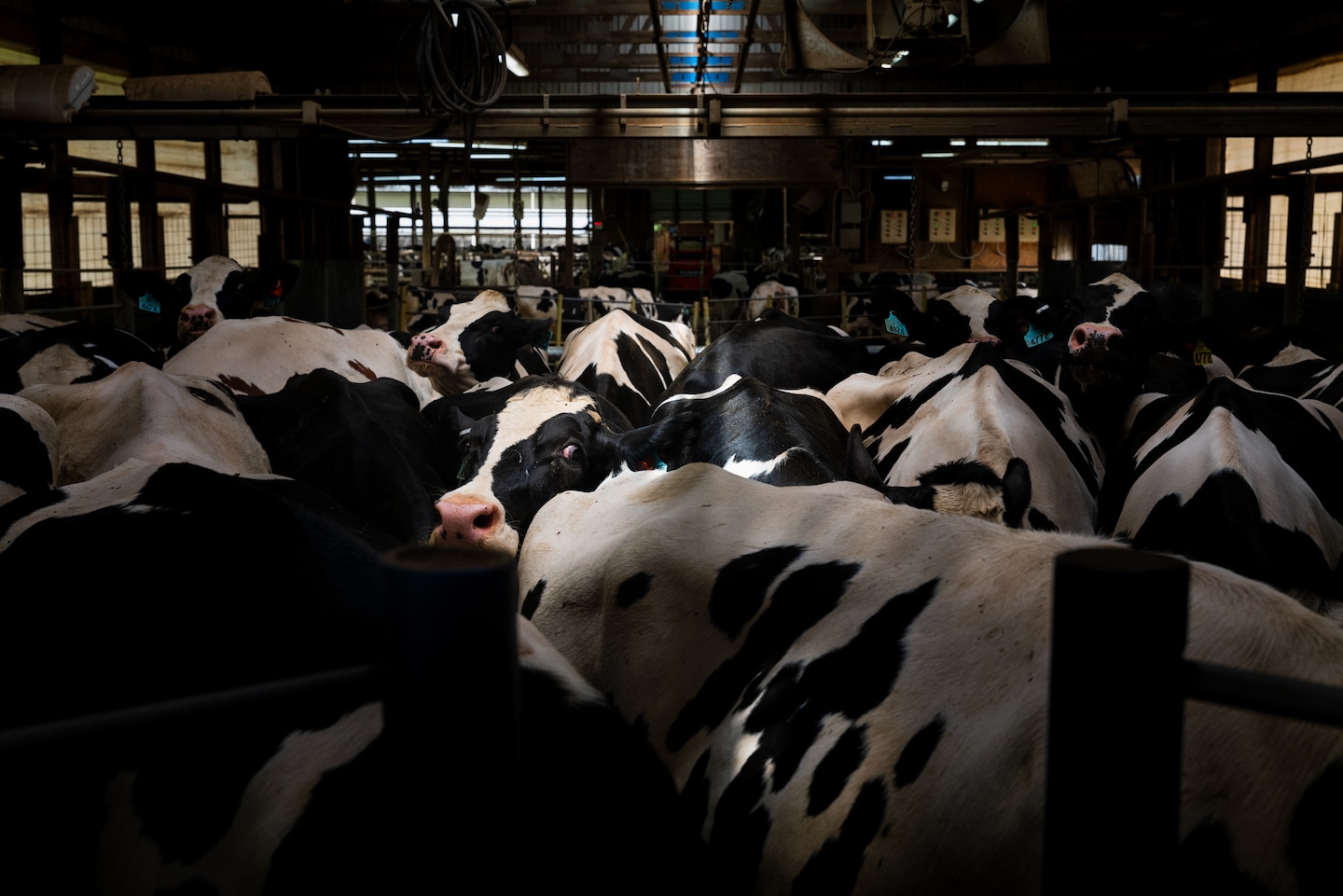Colorado health officials said they provided personal protective equipment to the facility where the man worked.
“We are still gathering additional information about worker exposure and PPE use,” state epidemiologist Rachel Herlihy said in a statement.
No household contact of the farmworker has developed symptoms and there is no evidence of person-to-person transmission, Herlihy said. State and local health officials are conducting follow-up investigations and will conduct additional testing as needed, Herlihy said.
Two other dairy workers who were infected earlier — in Texas in April and Michigan in May — also reported eye infections. A second Michigan worker infected in late May reported cough and watery eye symptoms. That worker was the first to report more extensive respiratory and eye symptoms.
Colorado health officials said the worker developed symptoms in late June, reported his symptoms a day later and was tested two days after symptoms began. Those initial tests were inconclusive. Additional testing by the Centers for Disease Control and Prevention confirmed the presence of bird flu.
In 2022, a poultry worker in Colorado tested positive for the same strain of bird flu. Around the world, human cases have ranged from mild infections to more severe illness, including pneumonia.
Federal health and agriculture officials have repeatedly stressed the importance of dairy farmers ensuring that workers take precautions — such as wearing personal protective equipment — when working with infected cattle. Federal and state officials have made supplies available to dairy farms but have not mandated their use.
Dairy farm workers typically express milk by hand from cows’ teats before attaching milking equipment. A splash of contaminated milk can be directly in the eye, or the virus can enter when workers touch their eyes with a contaminated hand. Eye infections have been linked to previous human infections of bird flu.
Many public health experts have said that inadequate testing of cattle is hampering the ability to understand and control the outbreak. Officially, the outbreak was discovered in March, but the disease may have been detected in cows as early as December.
A recent Department of Agriculture survey of H5N1 in 15 dairy herds and eight poultry herds in Michigan identified three risk factors for local spread: contaminated equipment or machinery, people carrying the virus on their clothing or boots, and the animals themselves.
Federal health officials said this week that their risk assessment has not changed. The threat to the public remains low, and while dairy workers and others who come into contact with infected animals are at higher risk, U.S. officials are not recommending vaccination for any group of people.
Earlier this week, federal officials announced plans to expand vaccination and testing capacity in case the ongoing outbreak of bird flu among dairy cattle leads to a surge in human cases, if the virus changes so it spreads more easily or causes more severe illness, or if cases emerge that are not linked to an infected herd or person.
The U.S. government has stockpiled 4.8 million doses of bird flu vaccine, and those vaccines are expected to be available starting in mid-July. The U.S. government has also $176 million for Moderna to complete development and testing of an mRNA-based vaccine against H5N1.
